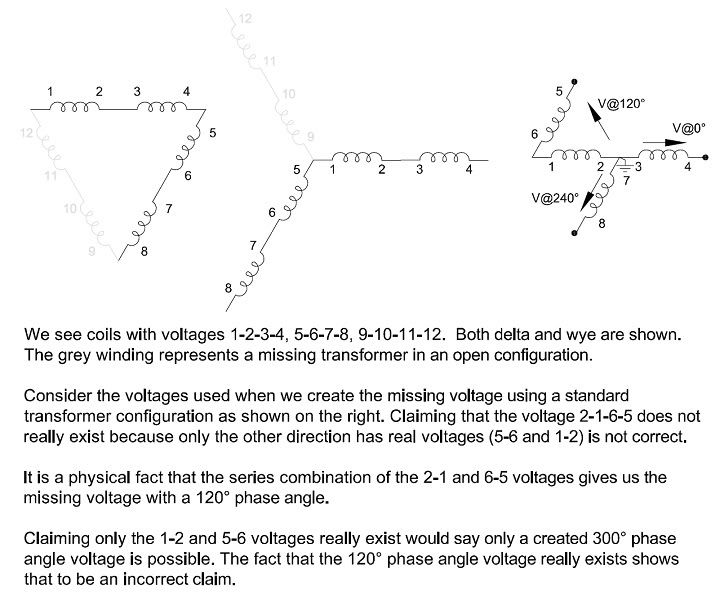I'm sure you know I know the answers to the questions.
I'm also sure you're trying to make a point by asking them.
So why not just make you're point instead of faffing about?
No, I'm not so sure you know the answer is "yes" to all of them - well, maybe not the last one.


Do the currents have a characteristic function? : Yes.
Do the current’s characteristic functions have a fundamental harmonic? : Yes.
Do the fundamental harmonics of both voltages and currents have same the period
P? : Yes
This is appears to be the sticking point. So let’s look at your diagrams more closely. I’m sure you recognize that the period of the resultant voltage across the resistor is the same. But you don’t seem to recognize that the time while either Ia or Ib are zero because they are clipped or rectified is still part of the period of their fundamental harmonic. In other words, the fundamental harmonics of both voltages and currents have same the period P.
Is the fraction
t/P of each fundamental harmonic of both voltages and currents identical throughout the period
P? : Yes – they have to be.
Therefore they all have the same
phase.
We had already agreed that the current’s characteristics weren’t the basis for defining
phase as it applies to conventional 120/240V systems anyway so I shouldn't have to deal with it; but I have been attempting to give you an “AH HA” moment.
Where polarity is a significant factor, the “a” and “b” voltages and currents are not
synchronized. Where polarity isn’t significant, they all share the same
phase.
Is it so difficult to recognize that, for any conventional 120/240V system, where any and every voltage you choose has the same
phase, regardless of the method used to determine it, that it is reasonably called single-phase” based on the underlying mathematics. It certainly won’t diminish your competence, or even alter the way you design something. At worst, it only requires sacrificing the myth of the "osilloscope jungle" that, “We may call it that, but it really isn’t.”
I HATE FORMATTING WITH THIS SYSTEM!!!!!!




